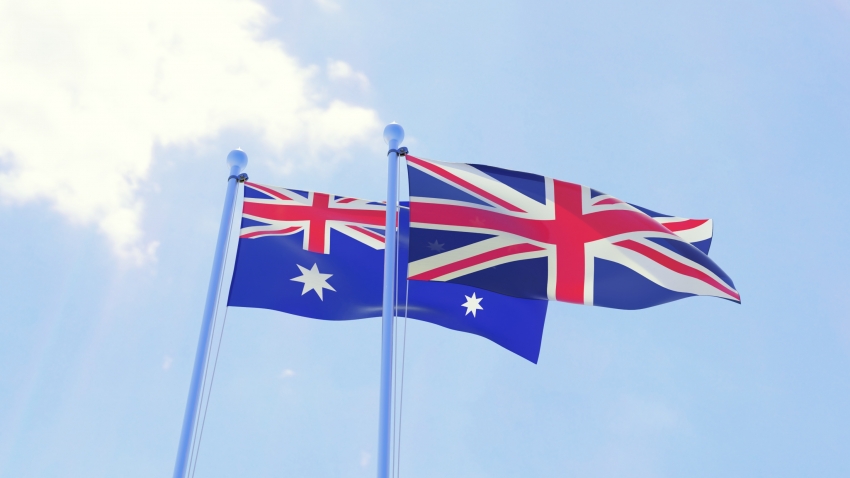UK’S FIRST FTA AFTER BREXIT
The United Kingdom (UK) has formally signed a free trade deal with Australia. It represents the first free trade agreement (FTA) from scratch since the UK left the European Union (EU).
One of the main objectives is the liberalization of trade of originating goods between UK and Australia, removing tariffs in accordance with each party’s tariff schedule. It will immediately lift tariffs on over 99% of Australian exports and cut import fees for several British products. In Australia, imported goods like alcohol, cosmetics, food and cars are expected to become cheaper after this deal.
The two countries have committed to provisions that will be aimed at ensuring that technical barriers to trade are non-discriminatory and do not create unnecessary obstacles to trade, while preserving each country’s ability to take measures to fulfil legitimate objectives, including for the protection of health, safety and the environment
UK and Australia have agreed particular cooperation on cosmetics, medical devices and veterinary medicines, with the intention of reducing trade barriers for these industries. A Cosmetics Annex was included in the agreement, laying down the groundwork to reduce the differences in regulation for UK companies which export to Australia. It will help companies to understand the rules they need to comply with, including on products that are classified as cosmetics in one country but not in the other.
Mr Tehan (Australian Minister for Trade, Tourism and Investment) states that “it will bring the United Kingdom into the Indo-Pacific at a crucial time in our history where geostrategic competition is driving a lot of uncertainty”.
If you wish to get more information on this or other subjects, feel free to contact us at info@criticalcatalyst.com.
References:
- UK-Australia Free Trade Agreement: chapter explainers. 16 December 2021. Available from: https://www.gov.uk/government/publications/uk-australia-fta-summary-of-chapters/uk-australia-free-trade-agreement-chapter-explainers#trade-remedies
- Australia-UK FTA negotiations: agreement in principle. Australian Government, Department of Foreign Affairs and Trade. Available from: https://www.dfat.gov.au/trade/agreements/negotiations/aukfta/australia-uk-fta-negotiations-agreement-principle















